As we in 2013 and in 2014 noted, most end-of-the-year lists of books consists of books that have already been read by others and many of the lists consists of the same books. Often the lists consists of the books that have topped the sales lists during the year. The underlying message could be interpreted as “if you haven’t read these books, you must be a cultural savage, that you do not belong to the well informed elite and not be able to go along in conversations”. Anyhow, this is a passive, following main-stream media approach.

Another, more active approach is to make ýour own list about Interesting Reading Areas (IRA), areas of your interest for development and knowledge acquisition. And then look for relevant writers, books and DVD’s belonging to that IRA.
We thought it would be nice to make a list of subjects or interesting areas for ourselves because we believe we would gain from such a list to help us preparing for the next parts of Thinkiblity – Thinking about Thinking, Creativity, Innovation and Design. Perhaps you may enjoy the list and it will give you some directions for reading about Thinkibility. Just reading the titles would give you some new insides.
If you can help us to expand the list, please add a comment. Please note, we have not yet read the books! We invite you to make your own IRA’s and to find for each subject the interesting books and thinkers.
About Ideas

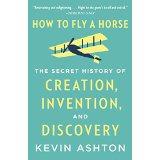
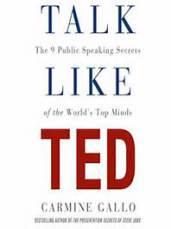
Taking us on a journey through every fundamental field of science, as well as the history of civilization, art, moral values, and the theory of political institutions, The Beginning of Infinity tracks how we form new explanations and drop bad ones, explaining the conditions under which progress—which David Deutsch argues is potentially boundless—can and cannot happen.
To create is human. Technology pioneer Kevin Ashton has experienced firsthand the all-consuming challenge of creating something new. Now, in a tour-de-force narrative twenty years in the making, Ashton’s How to Fly a Horse demystifies the sacred act, leading us on a journey through humanity’s greatest creations to uncover the surprising truth behind who creates and how they do it.
Talk like Ted. TED―which stands for technology, entertainment, and design―brings together the world’s leading thinkers. Ideas are the currency of the twenty-first century. TED Talks have redefined the elements of a successful presentation and become the gold standard for public speaking.
About Thinking
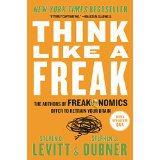
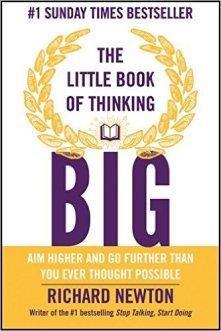
Think Like A Freak offers a blueprint for an entirely new way to solve problems, whether your interest lies in minor life-hacks or major global reforms. The topics range from business to philanthropy to sports to politics, all with the goal of retraining your brain. Along the way, you’ll learn the secrets of a Japanese hot-dog-eating champion, the reason an Australian doctor swallowed a batch of dangerous bacteria, and why Nigerian e-mail scammers make a point of saying they’re from Nigeria.
The Little Book of Thinking Big will have your imagination, creativity and determination firing on all cylinders. You’ll come away with a set of BIG goals to fuel and drive your BIG life.
About thinking and art
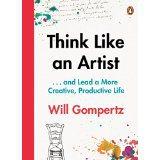
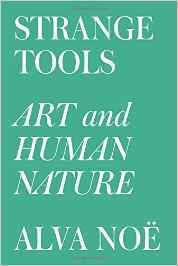
As the BBC’s Arts Editor, Will Gompertz has interviewed and observed many of the world’s leading artists, directors, novelists, musicians, actors and designers. In Think Like an Artist he’s discovered a handful of traits that are common to all successful people, from novelists and film directors to scientists and philosophers.
In Strange Tools: Art and Human Nature , the philosopher and cognitive scientist Alva Noë raises a number of profound questions: What is art? Why do we value art as we do? What does art reveal about our nature? Drawing on philosophy, art history, and cognitive science, and making provocative use of examples from all three of these fields, Noë offers new answers to such questions.
About policy and social innovation
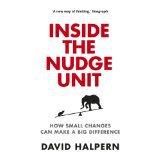
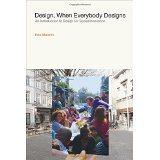
Seemingly small and subtle solutions have led to huge improvements across tax, healthcare, pensions, employment, crime reduction, energy conservation and economic growth. Adding a crucial line to a tax reminder brought forward an extra GBP250m in revenue; refocusing the questions asked at the job center helped an extra 10 per cent of people come off their benefits and back into work; prompting people to become organ donors while paying for their car tax added an extra 100,000 donors to the register in a single year. After two years and dozens of experiments in behavioural science, the results are undeniable. Inside the Nudge Unit: How Small Changes Can Make a Big Difference.
In a changing world everyone designs: each individual person and each collective subject, from enterprises to institutions, from communities to cities and regions. Sometimes these projects generate unprecedented solutions; sometimes they converge on common goals and realize larger transformations. As Ezio Manzini describes in this book, we are witnessing a wave of social innovations as these changes unfold — an expansive open co-design process in which new solutions are suggested and new meanings are created. These range from community-supported agriculture in China to digital platforms for medical care in Canada; from interactive storytelling in India to collaborative housing in Milan. Manzini draws in Design, When Everybody Designs the first comprehensive picture of design for social innovation: the most dynamic field of action for both expert and non-expert designers in the coming decades.
About meditation
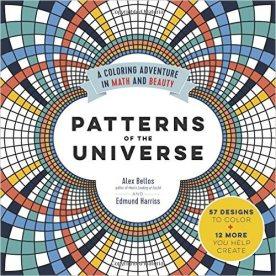
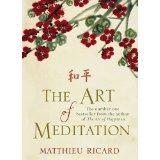
Math and art might seem like completely different worlds—especially to the number-phobic. But where they intersect, we can find the fractal growth of a snowflake, the spiral seeds of a sunflower, and dazzling abstract designs born of patterns and randomness. In Patterns of the Universe there are 65 math-inspired illustrations to meditate on as you color, from the Sri Yantra (an ancient Hindu mandala of nine entwined triangles) to a page full of Penrose tiles (two shapes that can cover an infinite surface—but in a sequence that never perfectly repeats)
Wherever he goes, Buddhist monk Matthieu Ricard is asked to explain what meditation is, how it is done and what it can achieve. In this authoritative The Art of Meditation, he sets out to answer these questions. Matthieu Ricard shows that practicing meditation can change our understanding of ourselves and the world around us. He talks us through its theory, spirituality and practical aspects of deep contemplation and illustrates each stage of his teaching with examples. Through his experience as a monk, his close reading of sacred texts and his deep knowledge of the Buddhist masters, Matthieu Ricard reveals the significant benefits that meditation – based on selfless love and compassion – can bring to each of us.
About the Future
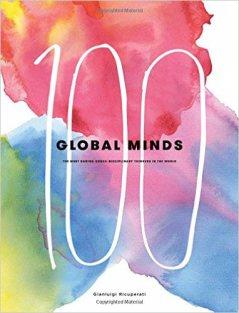
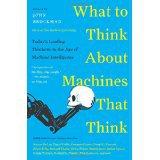
If we want to imagine how the world is going to change, we need to look at the minds thatare shaping it. ‘100 Global Minds’ introduces us to the world’s most innovative and inspiring thinkers and examines the scope and range of their influence. Using an algorithm developed by the Institute for Scientific Innovation in Turin, which signals names frequently referenced outside a primary field of interest, the author has brought together people who have traversed the boundaries of disciplines to become a ‘global’ thinker.
Weighing in from the cutting-edge frontiers of science, today’s most forward-thinking minds explore the rise of “machines that think.” Stephen Hawking recently made headlines by noting, “The development of full artificial intelligence could spell the end of the human race.” Others, conversely, have trumpeted a new age of “superintelligence” in which smart devices will exponentially extend human capacities. It is time to seriously consider the reality of intelligent technology, many forms of which are already being integrated into our daily lives. In that spirit, John Brockman, publisher of Edge. org (“the world’s smartest website” – The Guardian), asked the world’s most influential scientists, philosophers, and artists one of today’s most consequential questions: What do you think about machines that think?
About collaborative thinking with difficult people
(No, not you!)
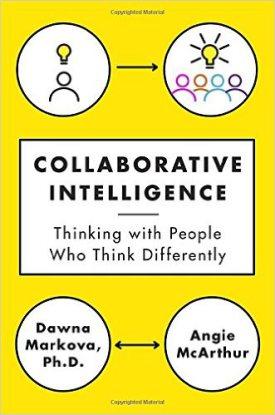
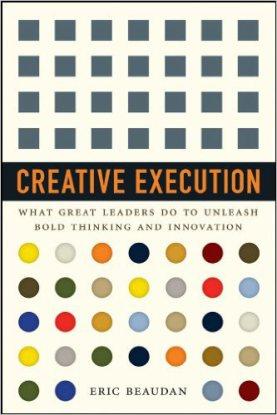
Collaborative Intelligence is the culmination of more than fifty years of original research at getting brilliant yet difficult people to think together. Through a series of practices and strategies, the authors teach us how to recognize our own mind patterns and map the talents of our teams, with the goal of embarking together on an aligned course of action and influence.
Whether it was Alexander the Great or Lord Horatio Nelson, the management team at Toyota or Google, the indisputable alchemy of strategy, execution, and leadership led to each’s phenomenal success. Creative Execution: What Great Leaders Do to Unleash Bold Thinking and Innovation examines the essence of such a dynamic mix, summed up as “Creative Execution,” showing how organizations and individuals can attain, or reach for, unheralded levels of success.
Have enlightning reading in 2016!
